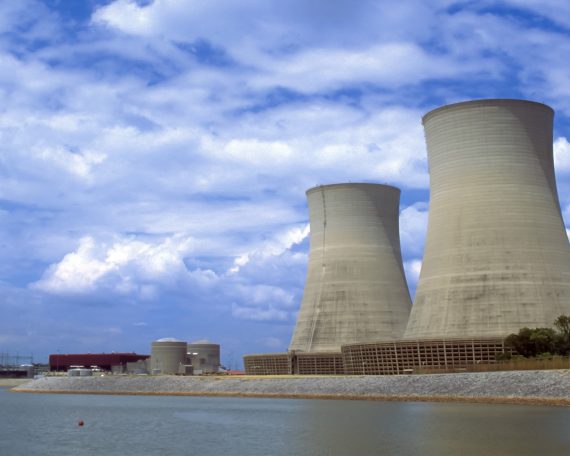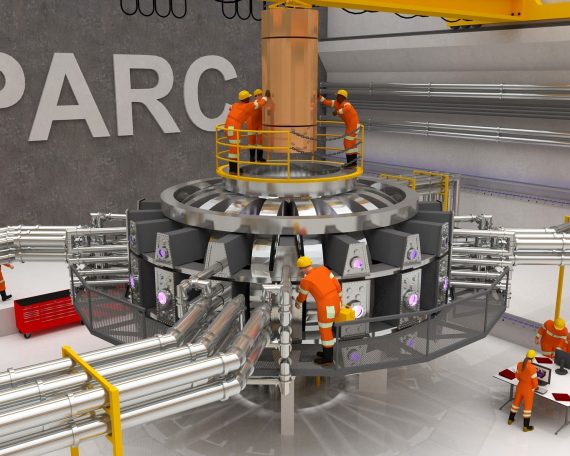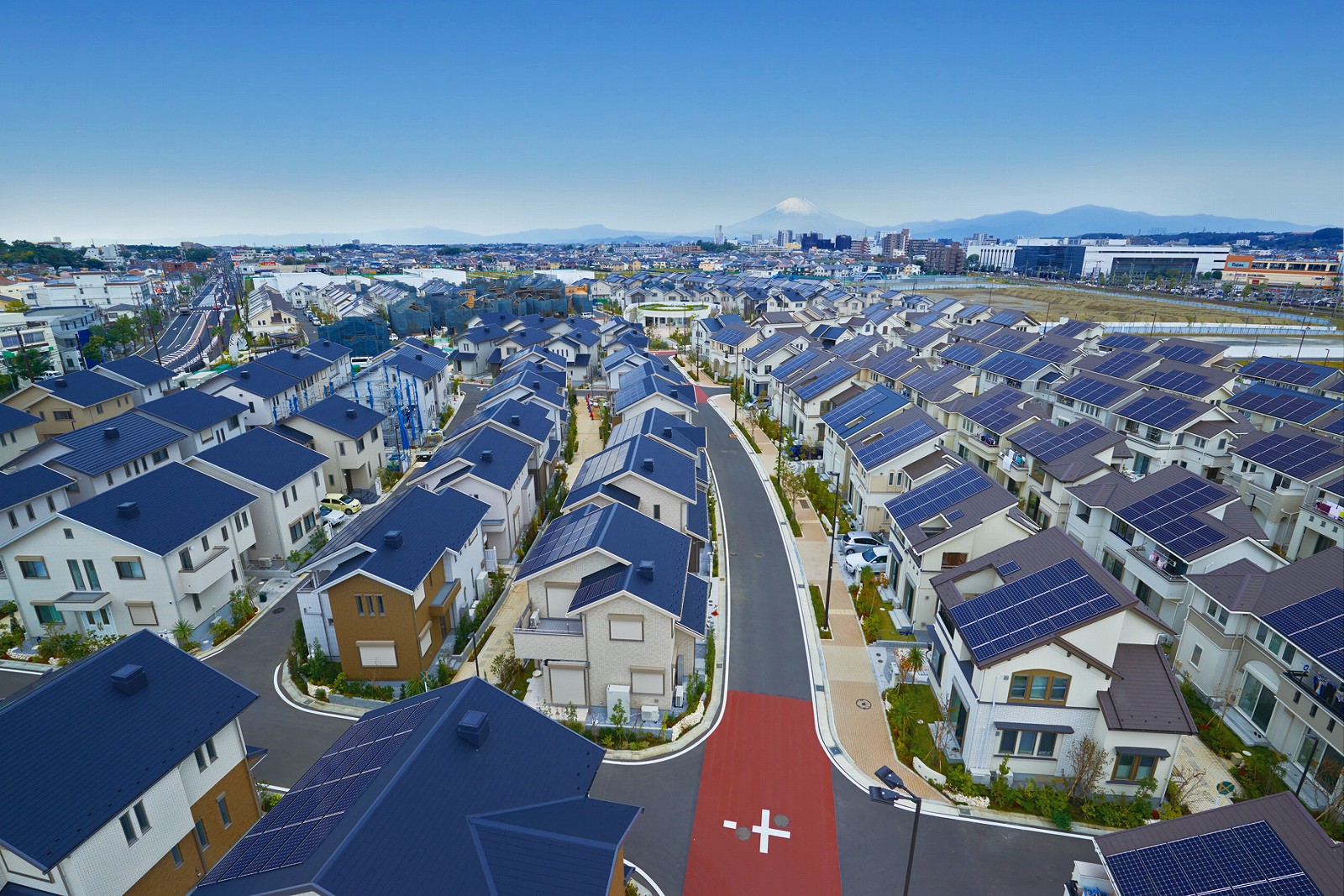Flexible nuclear power to balance supply and demand
Nuclear power plants typically run either at full capacity or not at all. Yet the plants have the technical ability to adjust to the changing demand for power and thus better accommodate sources of renewable energy such as wind or solar power. Researchers from the U.S. Department of Energy’s (DOE) Argonne National Laboratory and the Massachusetts Institute of Technology recently explored the benefits of doing just that. If nuclear plants generated power in a more flexible manner, the researchers say, the plants could lower electricity costs for consumers, enable the use of more renewable energy, improve the economics of nuclear energy and help reduce greenhouse gas emissions.




